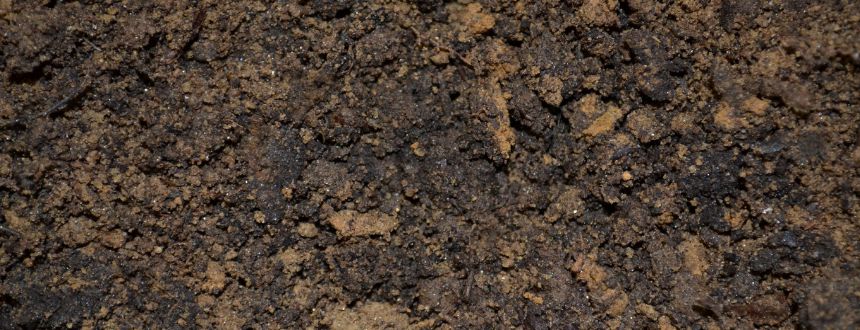
Engineered soil is a manufactured soil consisting of specified ratios of sand, silt, clay, and organic amendments such as compost and designed for a specific application. Engineered soil is a permanent stormwater infiltration practice used to reduce stormwater runoff volume, sediments, and soluble pollutants from a watershed or drainage area.
Where to Use Treatment
Use engineered soils mostly for vegetated stormwater collection systems, but also wherever overland sheet flow and subsurface flow exists. Applications where engineered soils are used include the following:
- Biofiltration Strips and Swales
- Compost Filter Socks
- Green Roofs and Rooftop Gardens
- Rain Gardens
- Stormwater Management: Green Infrastructure and Low Impact Design
- Infiltration islands (e.g., in parking lots)
- Upslope from stormwater receiving or conveyance systems, including channels, ditches, streams, rivers, lakes, and wetlands
- Runoff receiving areas from impervious surfaces, landscapes, and source pollutant landscapes, including roads, highways, parking lots, and land disturbing activities
Benefits
- Reduce runoff volume
- Increase infiltration
- Increase water holding capacity
- Increase chemical adsorption of nutrients and metals
- Recycle nutrients and metals by plant uptake and microbial decomposition and uptake
Limitations
- Do not use on slopes greater than 3:1
- May need to be reapplied where vegetation fails or site is eroded prior to vegetation is established
- Highest performance usually achieved only once vegetation is mature
Consider Using With
Additional sediment control treatments during installation
Design Considerations/Plans and Details
- Filtrexx® Engineered Soil (GrowingMedia™) – Low Impact Design Manual
- CASQA California Stormwater BMP Handbook – Bioretention
- Compost Research & Education Foundation – Compost Specification Sheet for Topsoil Manufacturing
Research
- Thompson, A. M. et al. Physical and Hydraulic Properties of Engineered Soil Media for Bioretention Basins. Transactions of the ASABE, 51(2): 499-514. American Society of Agricultural and Biological Engineers
- Brown, Sally et al (2015): Stormwater Bioretention Systems: Testing the Phosphorus Saturation Index and Compost Feedstocks as Predictive Tools for System Performance. Journal of Environmental Quality. Compost Feedstocks Performance
Resources
For more information contact: Organic Materials, organics@calrecycle.ca.gov

